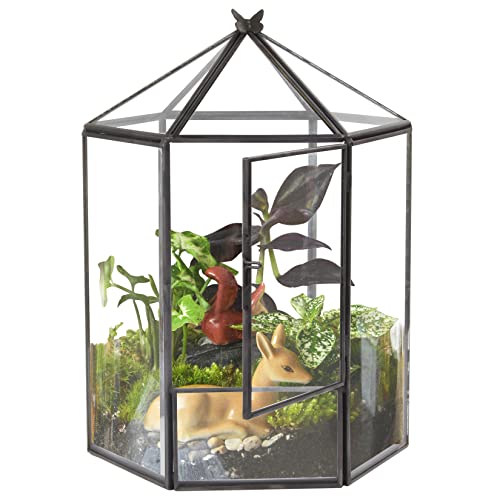hey all,
so last year I read an article that pollen in the diet of hatchling mantises reduces mortality rate, and so I make it a habit to keep sprigs of some flowering plant with flowers in hatchling setups. right now, I am forcing out willow stems for this purpose and will use willow through its blooming cycle (until May)
anyone else do this? anyone else interested in male willow sprigs for this type of thing?
so last year I read an article that pollen in the diet of hatchling mantises reduces mortality rate, and so I make it a habit to keep sprigs of some flowering plant with flowers in hatchling setups. right now, I am forcing out willow stems for this purpose and will use willow through its blooming cycle (until May)
anyone else do this? anyone else interested in male willow sprigs for this type of thing?











































